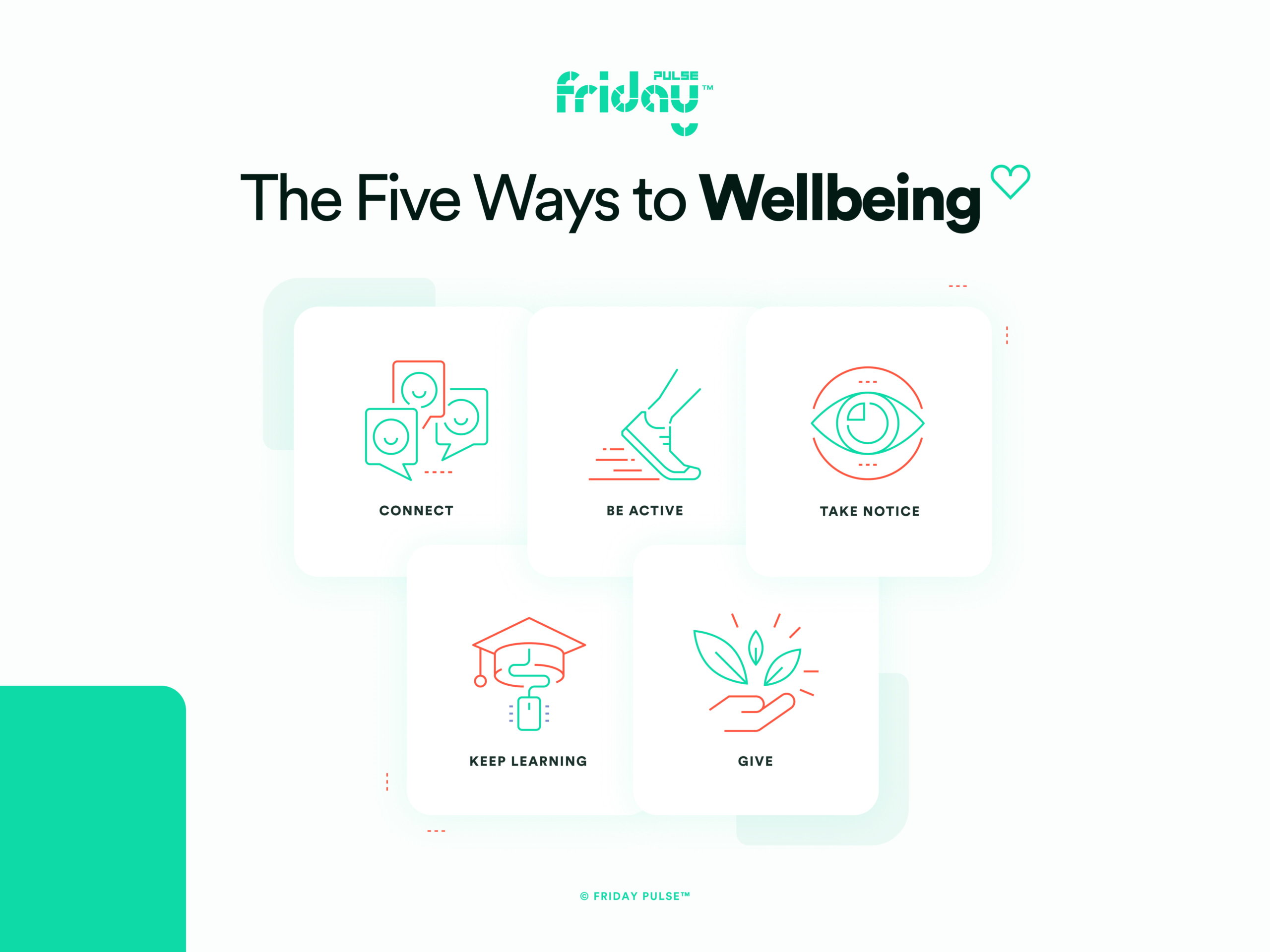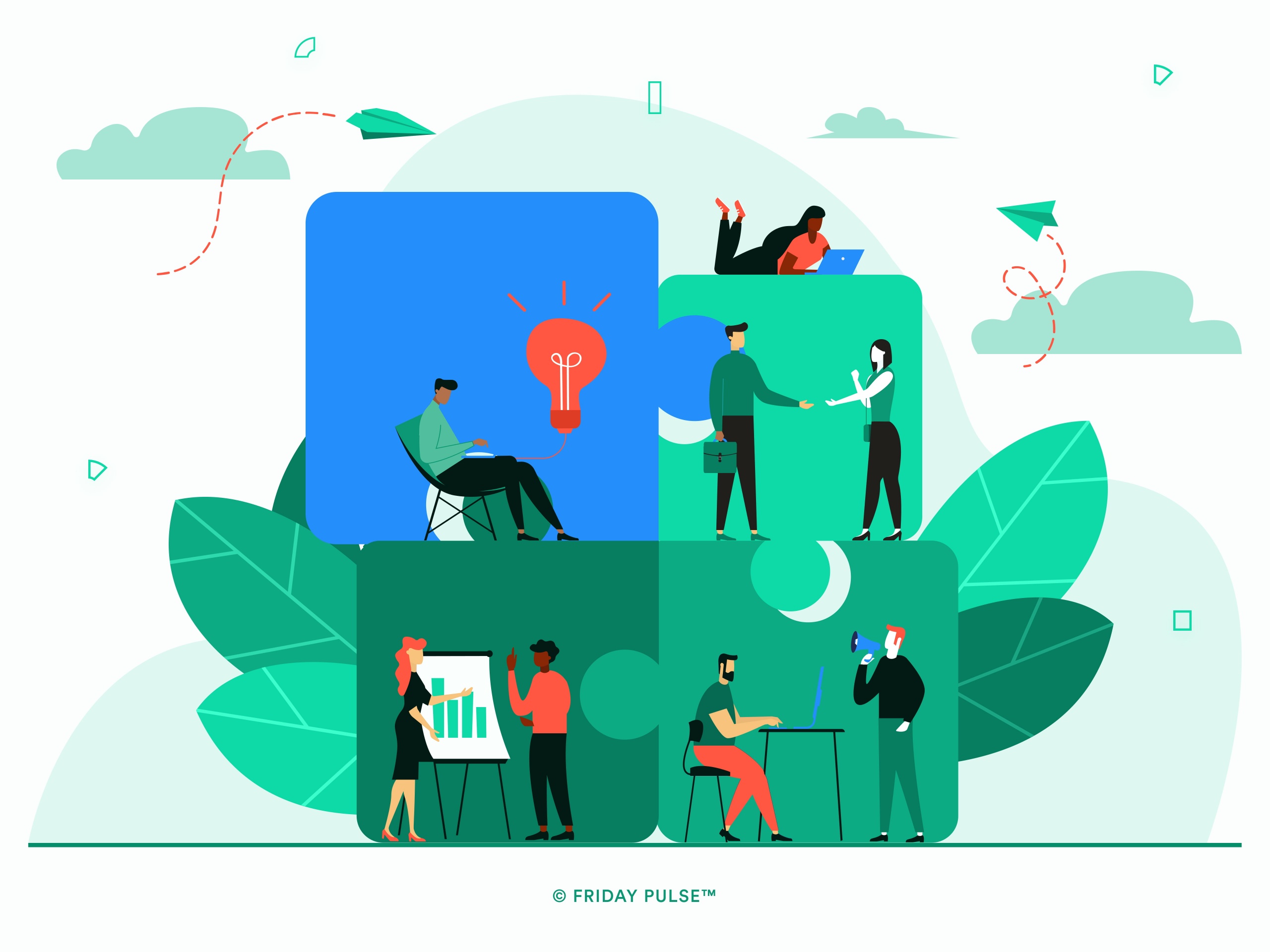Today is International Day of Happiness. Yet, it feels strange to
publish a piece about happiness, especially as the world faces its
biggest health challenge in recent years. But perhaps now more than
ever, the science of happiness has a place in the world in mitigating
the ongoing fear and anxiety sweeping our nations. Though the virus
spreads, fear is the greatest disruptor to our way of life. And the
best way to address the fear and uncertainty is to cultivate
positivity.
The effect of fear on our bodies
It’s only natural that we’re all frightened of an invisible virus
silently spreading through our populations — it’s a problem unlike any
we’ve faced. Fear is a powerful emotion. It evolved over the millennial
to help us deal with threats. It’s a strong motivation that moves us to
take evasive actions:
- Flight – run away from the threat
- Freeze – hope that threat passes
- Gather together – stand together with others
These reactions are highly functional and help us deal with immediate
and imminent threats.
However, fear is also highly stressful and takes a toll on the body.
When fear hits our bodies, we enter the fight or flight mode, and our
brains shut down non-essential functions (like thinking). Adrenaline and
cortisol flood our bodies, increasing our heart rates and blood
pressure, as well as preparing us to repair tissue. These reactions are
necessary if we were in an actual fight, but we rarely encounter the
situations where we need this kind of response in the workplace.
Entering fight or flight at the news of a virus spreading does not help
us either. The fight or flight response increases the risk of heart
attacks, as does the likelihood that in our agitated state our
relationships come under increased strain. Fear is functional, but it
carries unintended consequences.
Undoing the physical effects of fear and stress
We know from numerous studies that positive emotions can undo the
physical effects of stress. Studies have shown, for instance, that
running or dancing can shift us out of a bad mood. Our worries melt away
when we are with someone that we trust and who cares about us. We relax
when we return home to our own safe, familiar environments. We feel
positive emotions, happiness and then, physiologically, our nervous
systems calm down.
A calm nervous system not only feels good but strengthens our immune
systems — the only thing we have to resist COVID-19. A famous study
showed that happier people were less likely to fall sick when exposed to
the common cold. Compare that to the reverse: we’re more likely to come
down with an illness when we’re stressed.
Currently, the physical health mantra is to wash your hands and maintain
social distance. To maintain mental health, we can
add: Keep sane — be positive.
The power of positive emotions
If positive emotions can help boost the immune system and undo the
effects of fear, the question then is how do we stimulate positive
emotions in a time of such fear?
Stimulating happiness is something that we at Friday Pulse are keenly
acquainted with. Our Founder & CEO, Nic Marks wrote an
influential report called The Five Ways to Wellbeing in 2008.
Commissioned by the UK Government Office of Science, the report reviewed
the academic evidence on what actions people could take to improve their
mental wellbeing.
Since its publication, The Five Ways to Wellbeing framework has
been used in thousands of contexts and settings, from national public
mental campaigns to small local community projects.
The Five Ways to Wellbeing
COVID-19 is forcing us to slow down but it is also allowing us to
cultivate happiness in
our lives where it was lacking. The Five Ways to
Wellbeing framework is a reminder of the types of activities that
will keep us feeling sane and happy during these difficult times. It
provides the positive actions that we can build into our day-to-day
lives — especially as we face disruption to our daily routine.
*Connect
*Our relationships are often what define us. In these challenging
times, they will be even more important to us. Make a conscious effort
to reach out to your friends and family – a daily phone call, WhatsApp,
FaceTime can help make all the difference.
*Be Active
*Moving is good for our positive mood. Even if you are stuck inside,
you can stretch, do yoga or dance. Get creative in how you move your
body and avoid the temptation to just sit down all day.
*Take Notice
*Taking time to slow down and notice our immediate surroundings is
calming for us. Stay curious. Appreciate the beautiful. Take quiet
moments for mindful self-reflection. All of this helps us gain insights
into what is truly meaningful.
*Keep Learning
*Learning new things makes us more confident, as well as being fun.
Many of us will now have more time. So, take the opportunity to
rediscover an old interest. Sign up for an online course or set yourself
new challenges you will enjoy achieving.
*Give
*Being generous feels good as well as doing good. Reach out with offers
of help to friends and neighbours. Listen to others who may be more
anxious or scared than you. Keep smiling and remember laughter is good
for the soul.
Making it through to the other side
The coronavirus scare can be an incredibly lonely affair. With the need
for social distancing, self-isolation and working remotely in place, the
opportunity to connect is somewhat curtailed. However, this puts
greater emphasis on our need to connect and gain the buffering of mental
health offered by the other five ways.
Thankfully, we have the internet and social media — it offers the
opportunity to connect with other people without physical proximity. In
addition to calls and emails, we have instant messaging, texting, and a
host of different forms of communication at our disposal. It has never
been easier to reach out and connect with someone.
Isolation and social distance are undoubtedly bad for our mental health,
even though they are essential for our physical health. We need to be
mindful of the need to find other ways to maintain and boost our mental
health and happiness. The Five Ways to Wellbeing framework
provides a very useful reminder of the types of activities we can all do
during these unprecedented times.
Telling people to be happy in this current climate may seem like a bad
joke, but the WHO defines health as a “complete state of physical,
mental and social wellbeing, not just the absence of disease.”
So, despite these uncertain times, let’s take the world’s happiness
seriously today.



